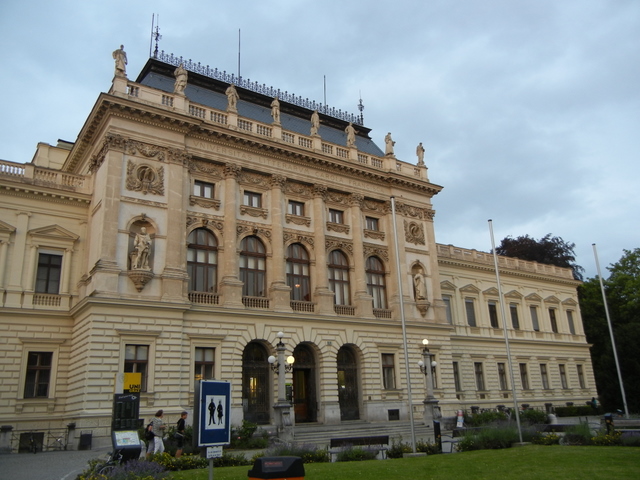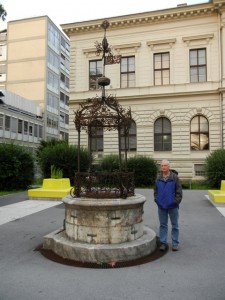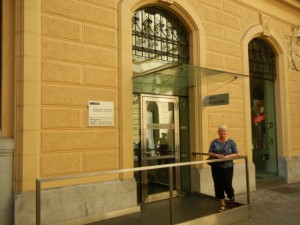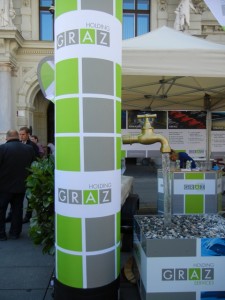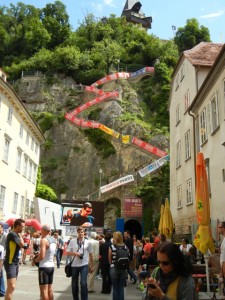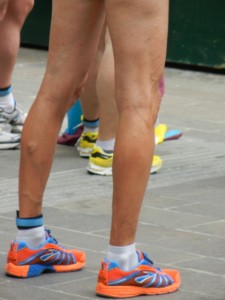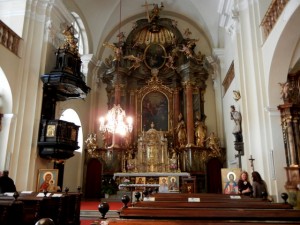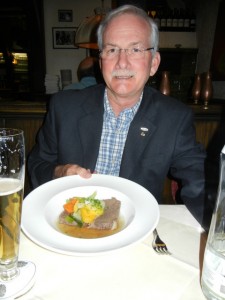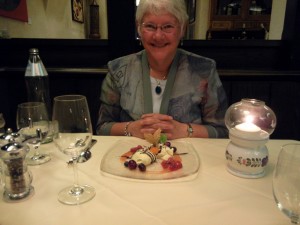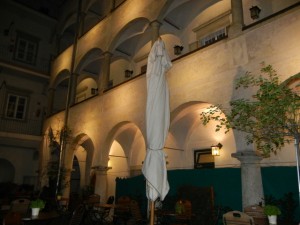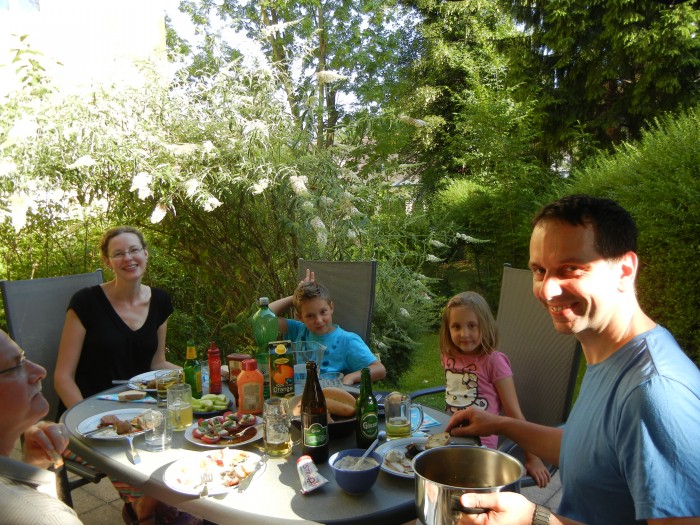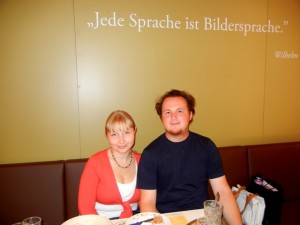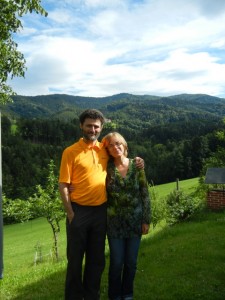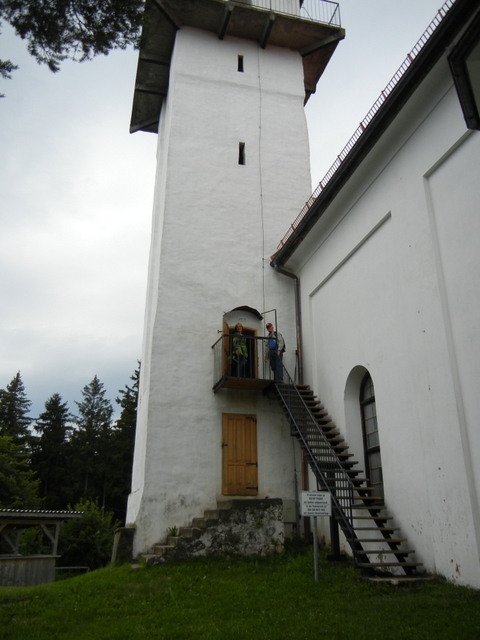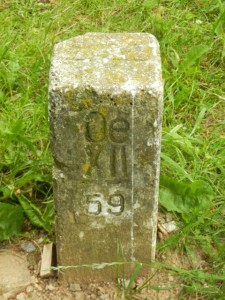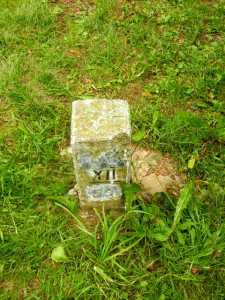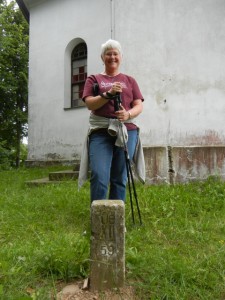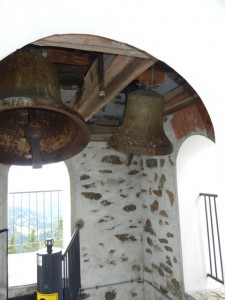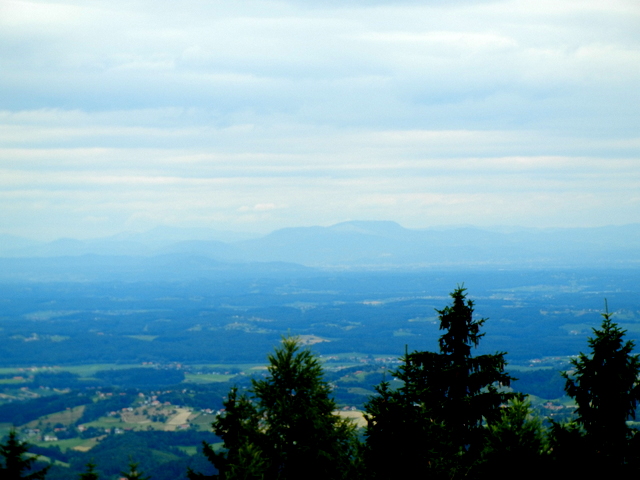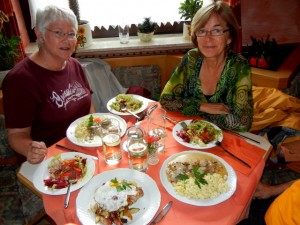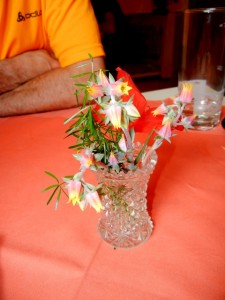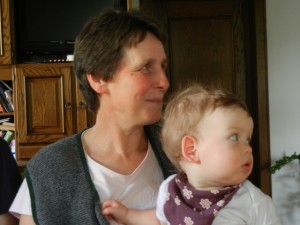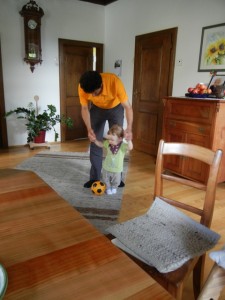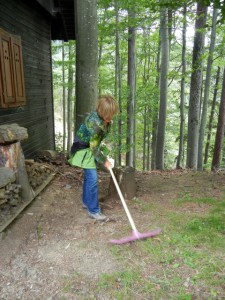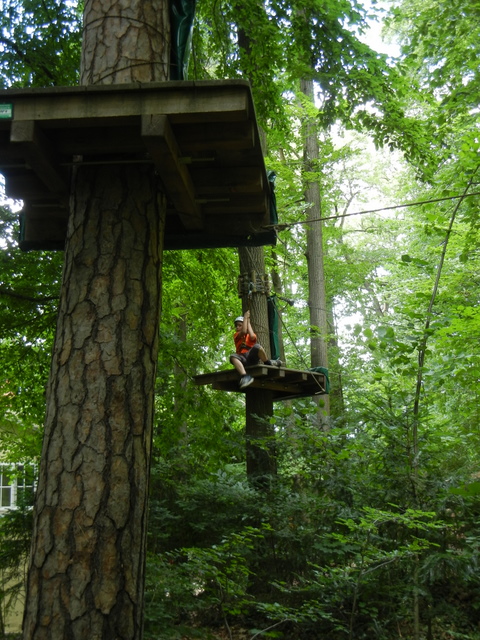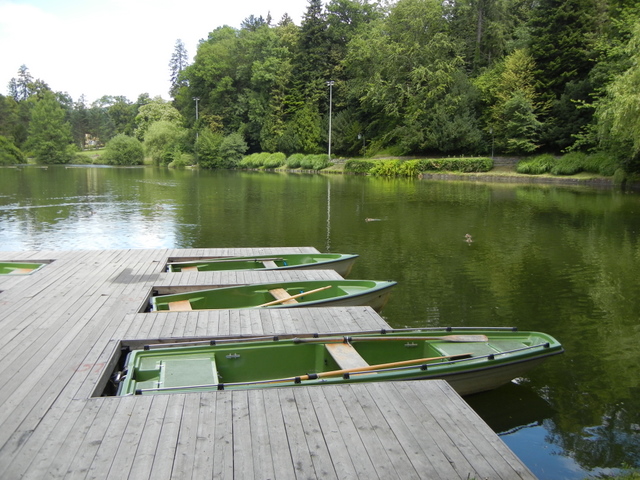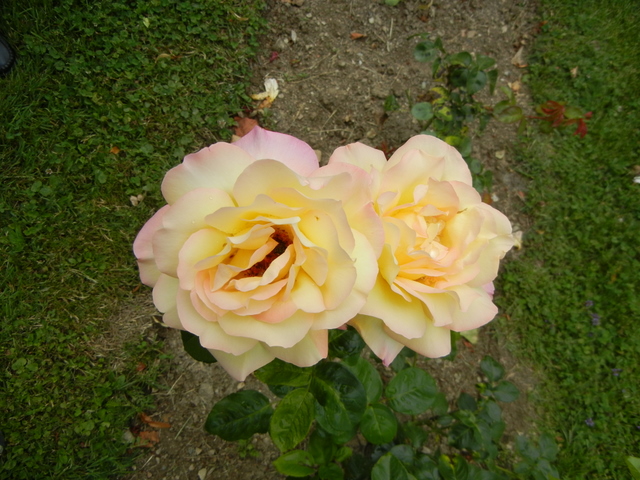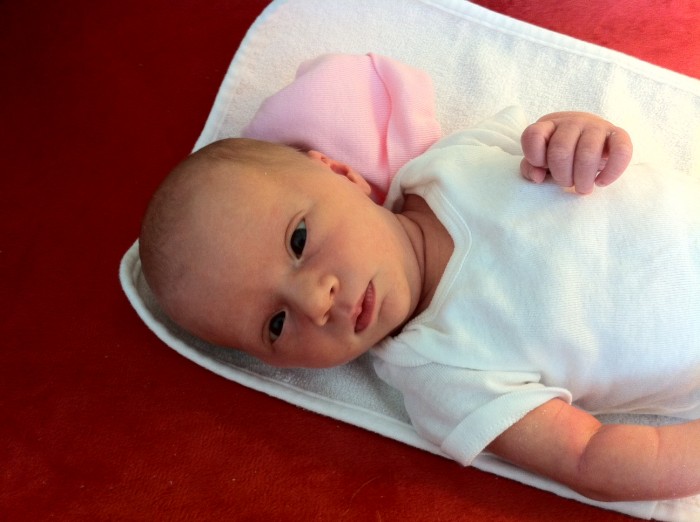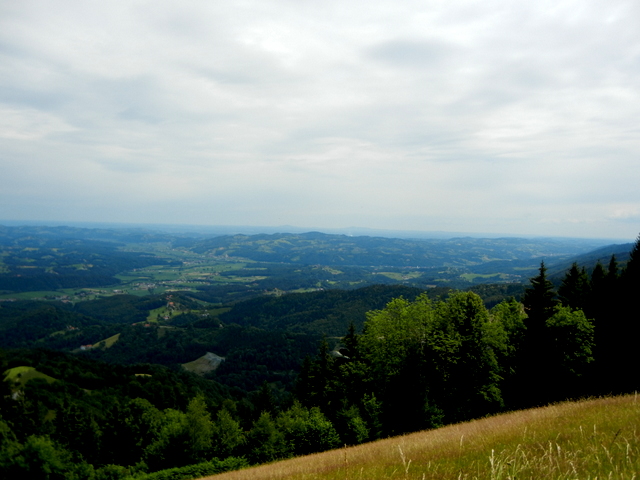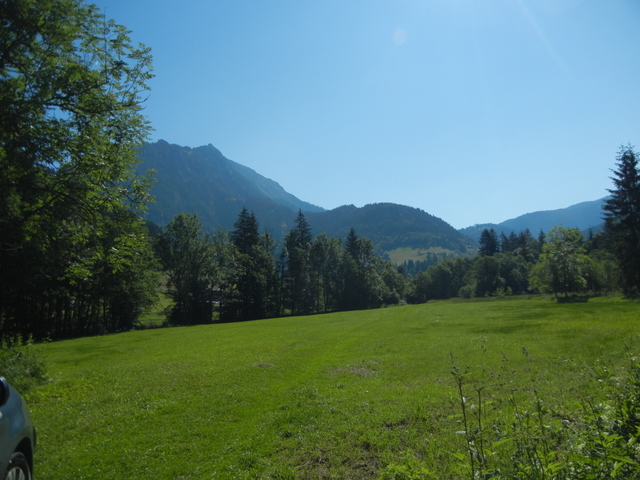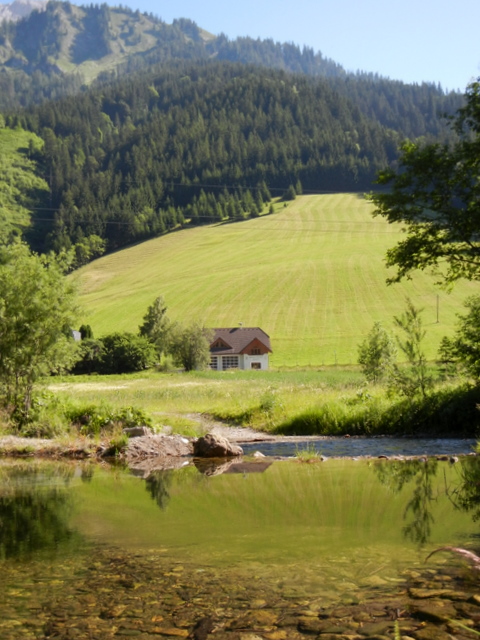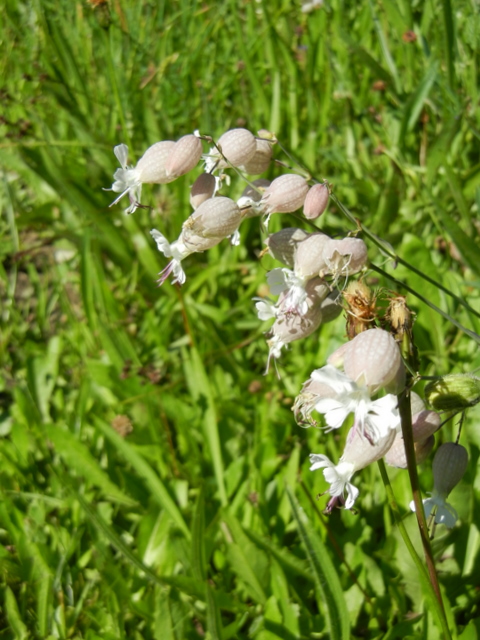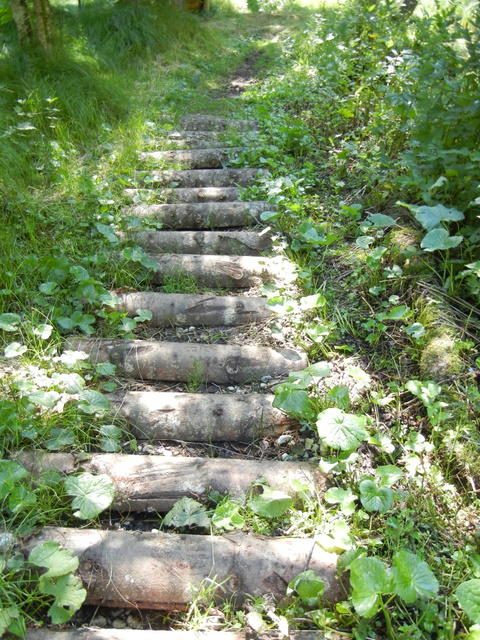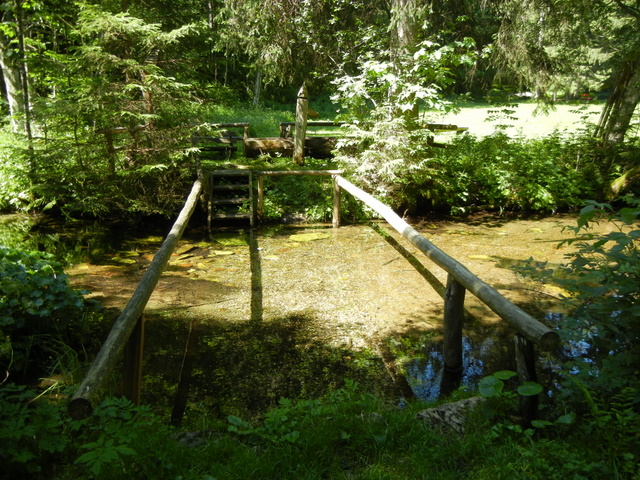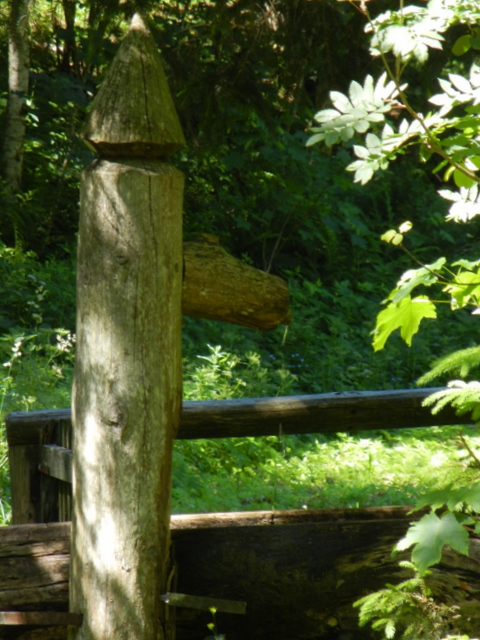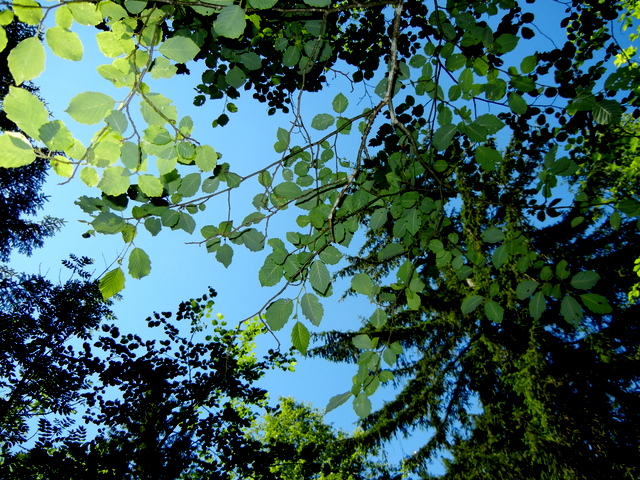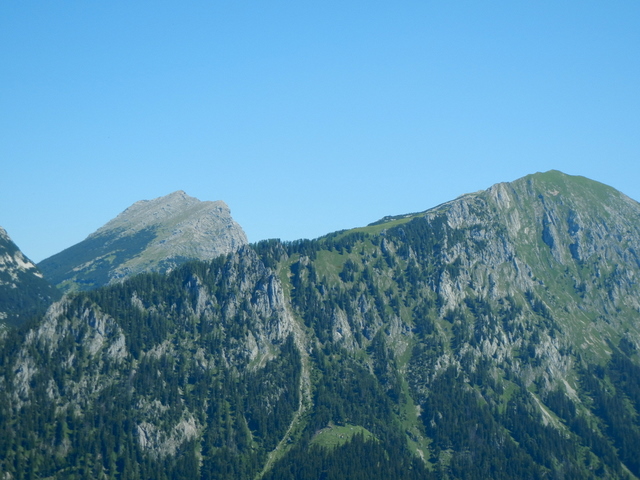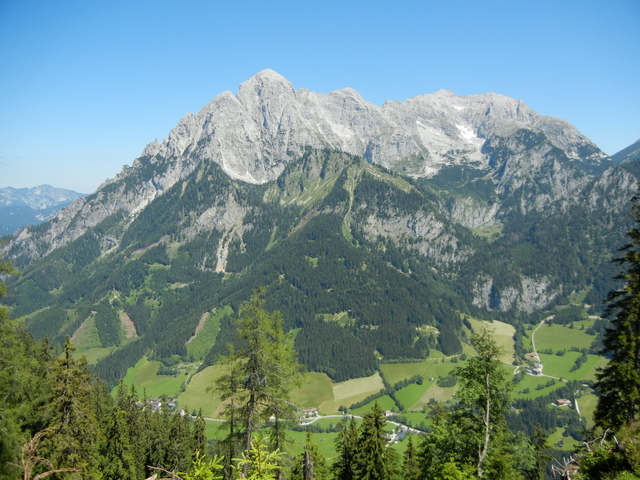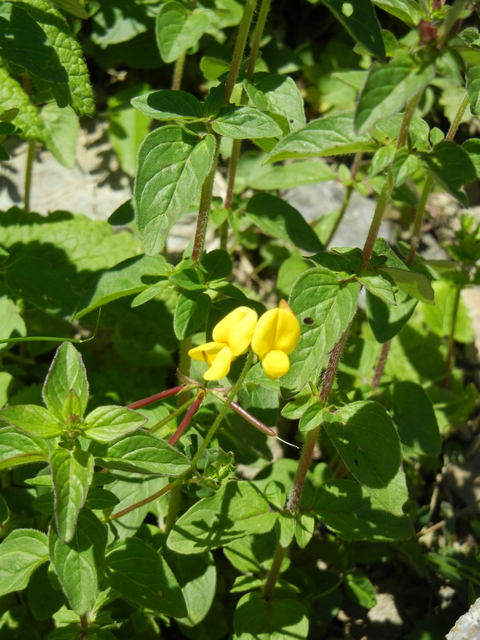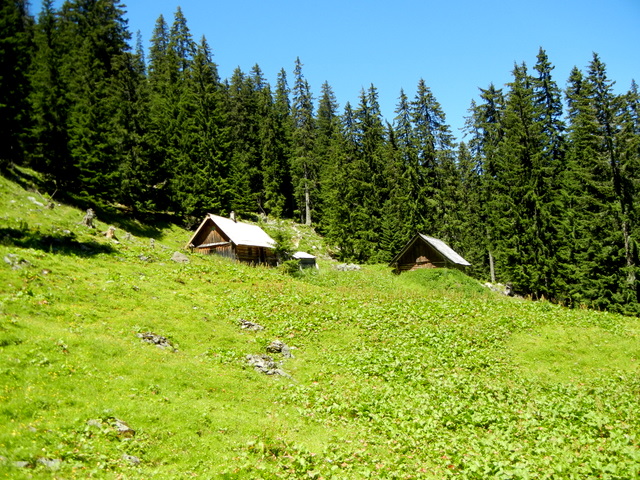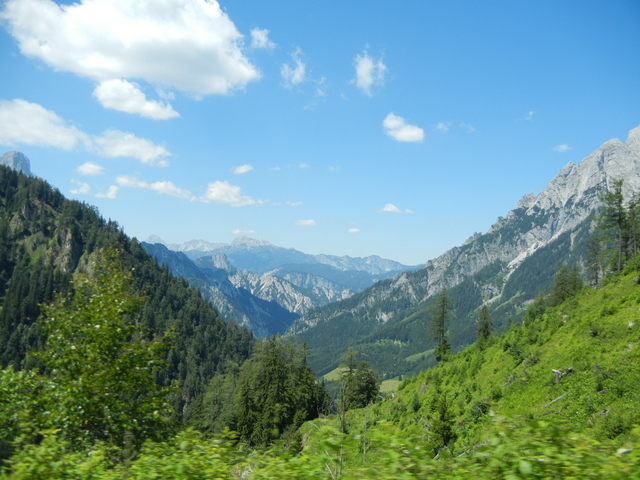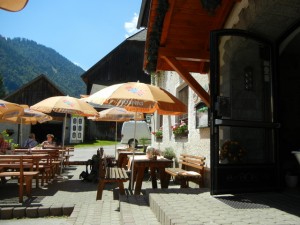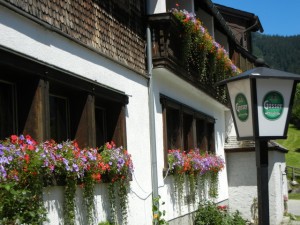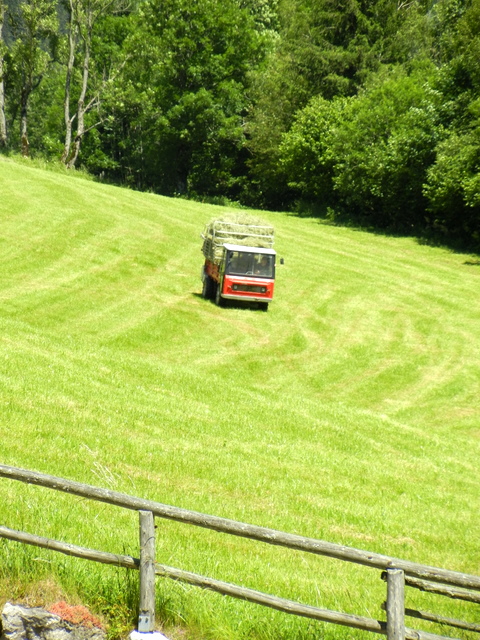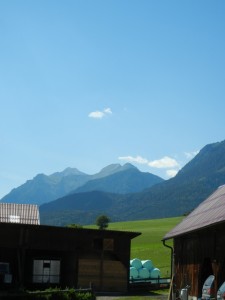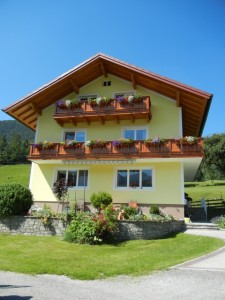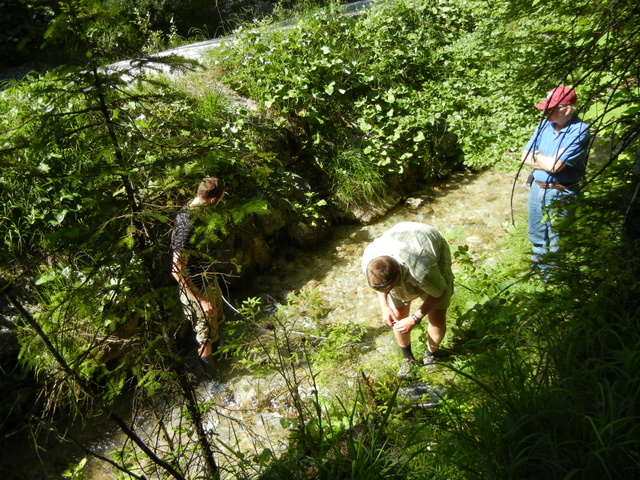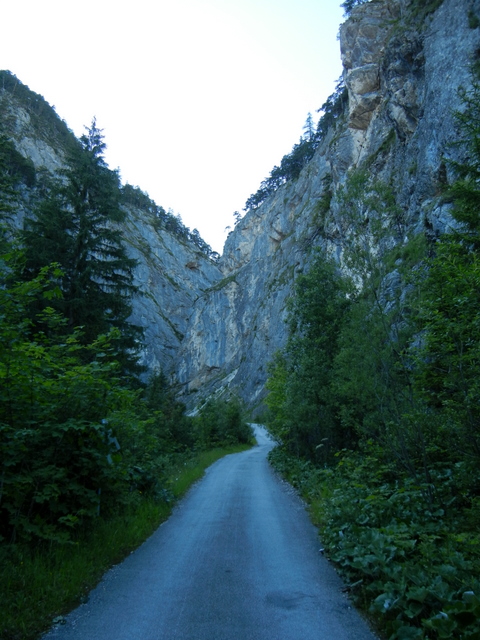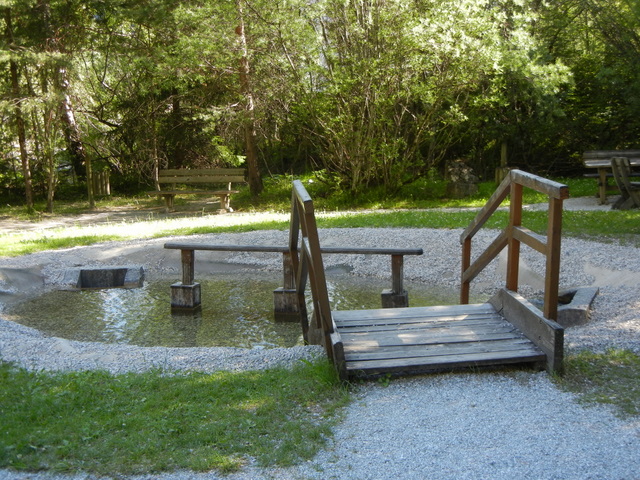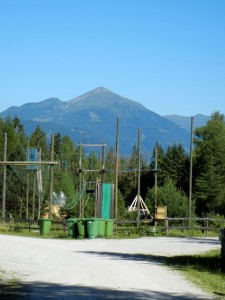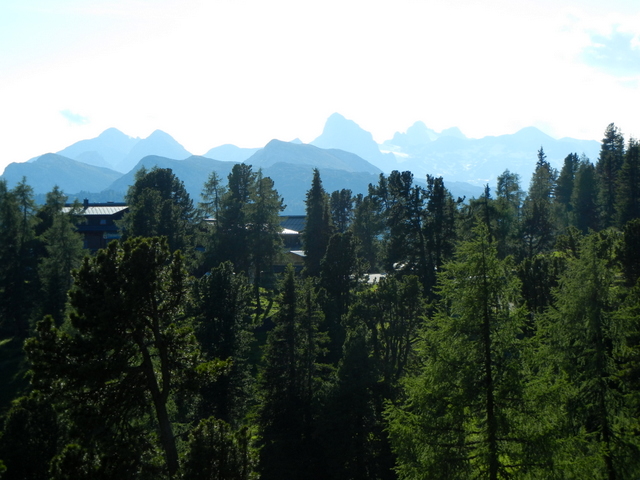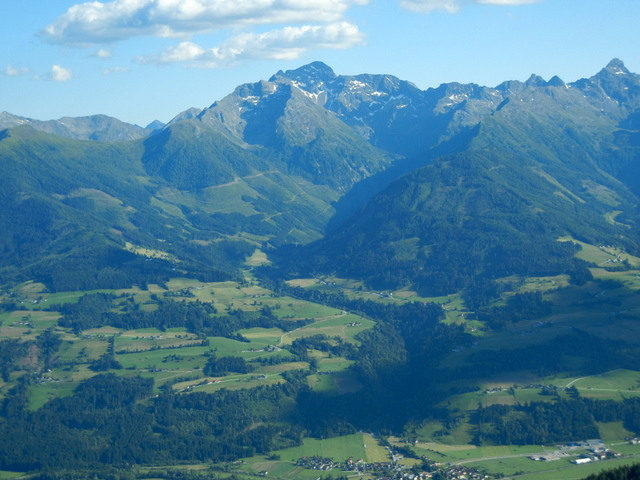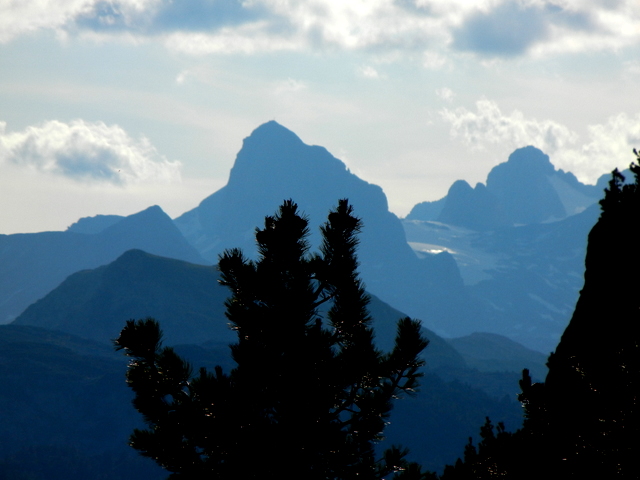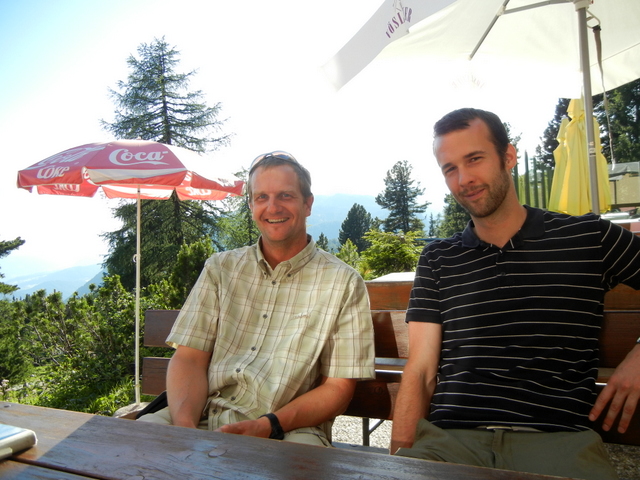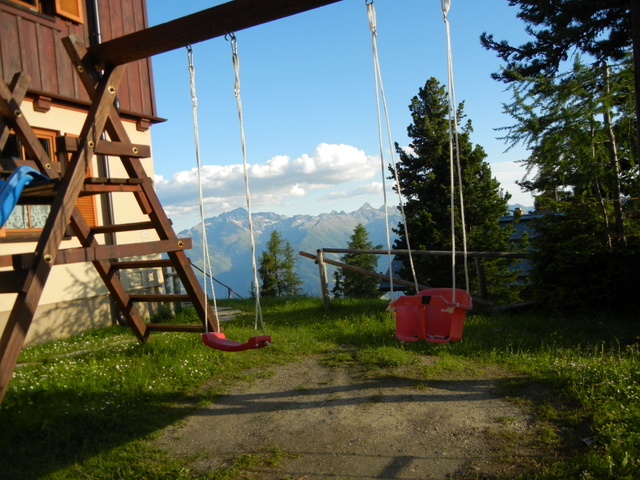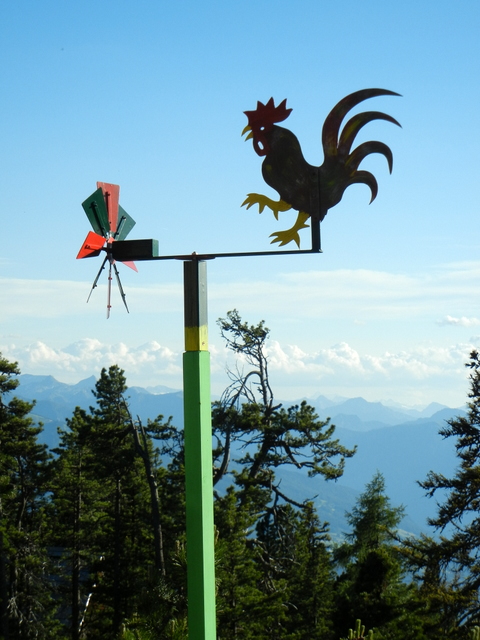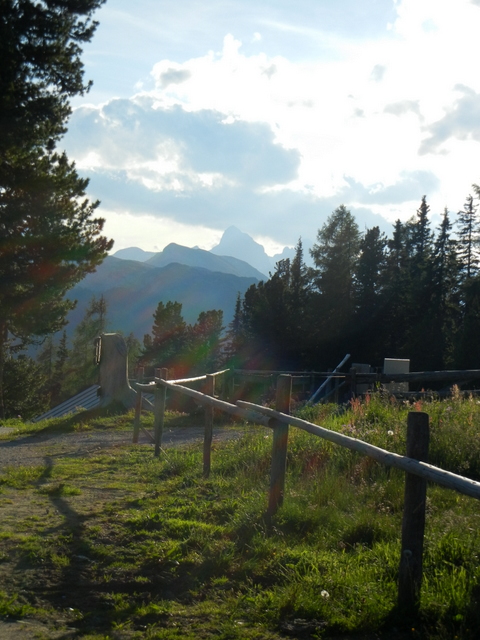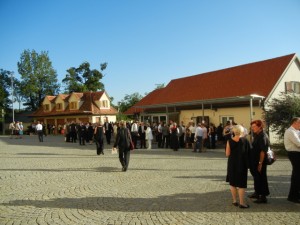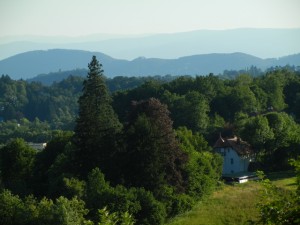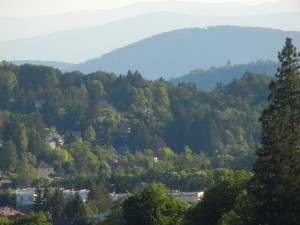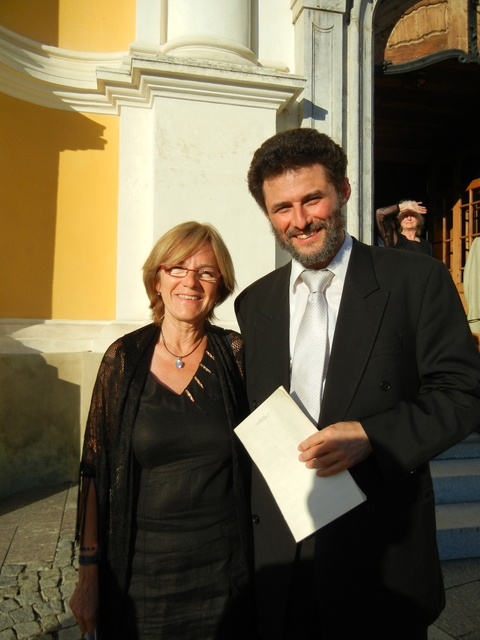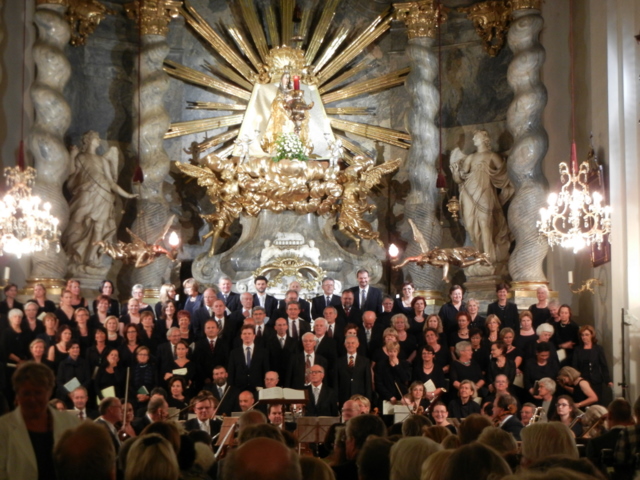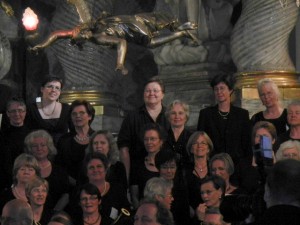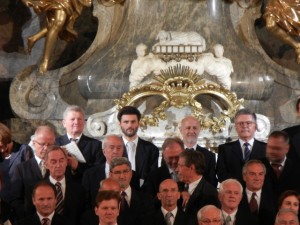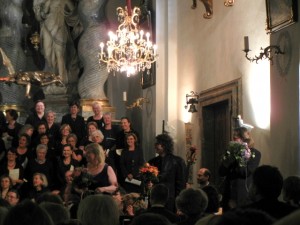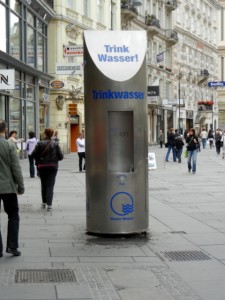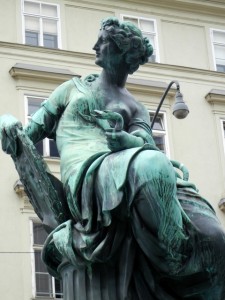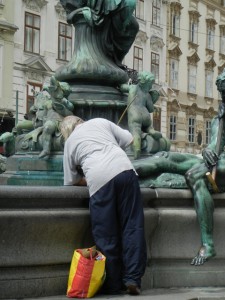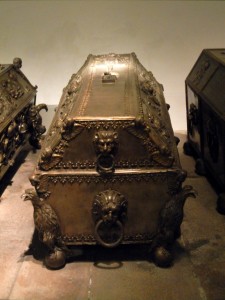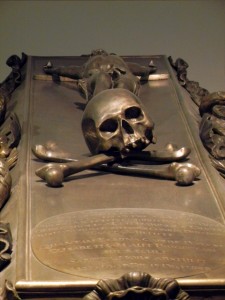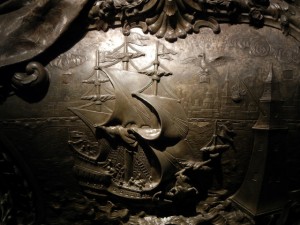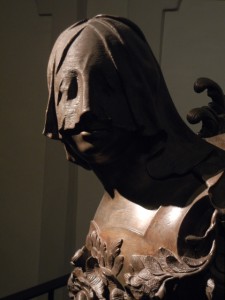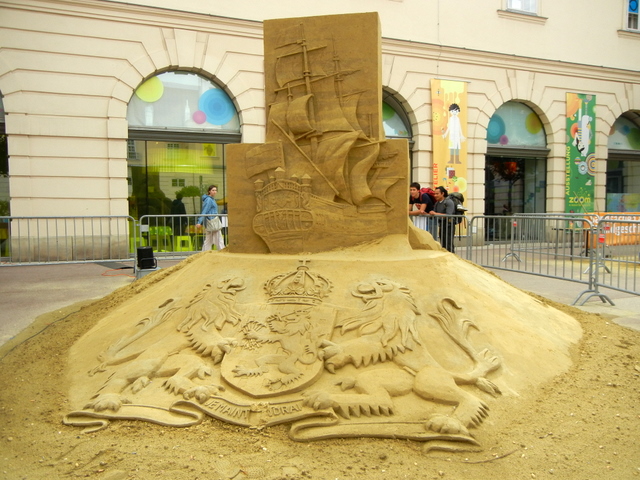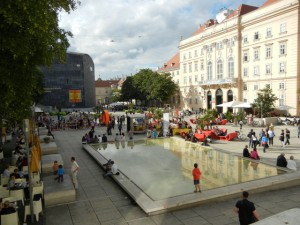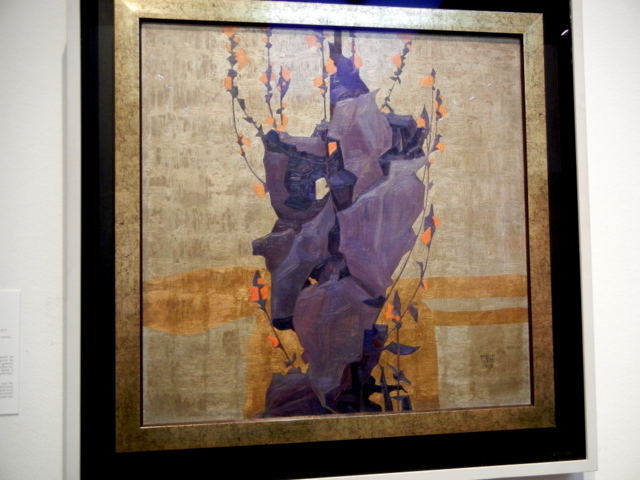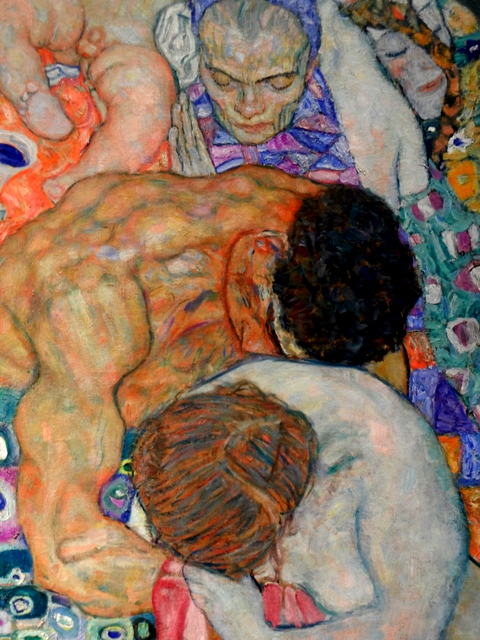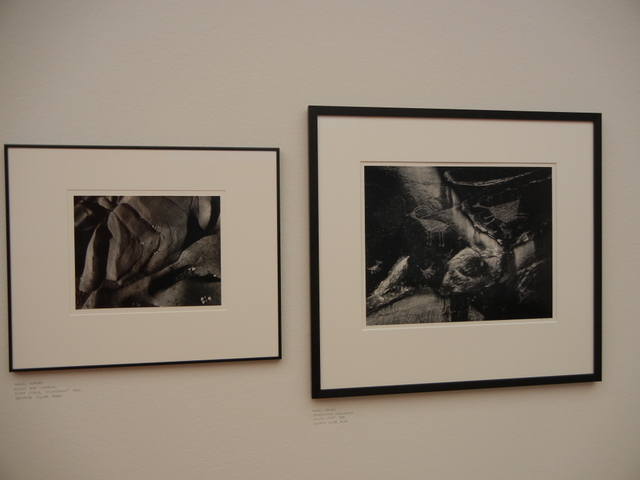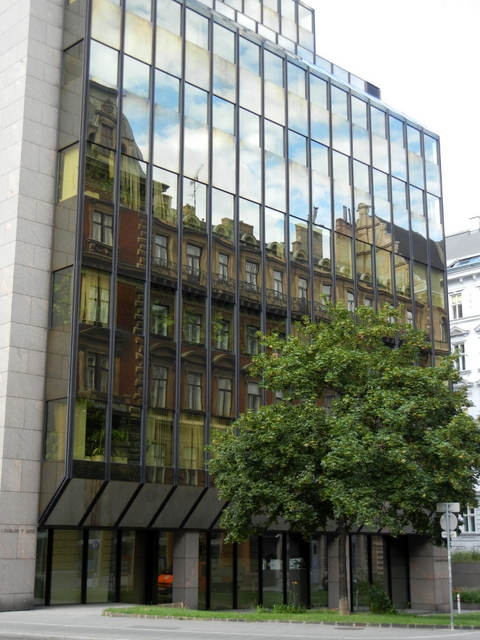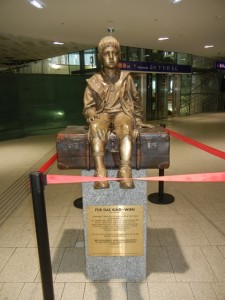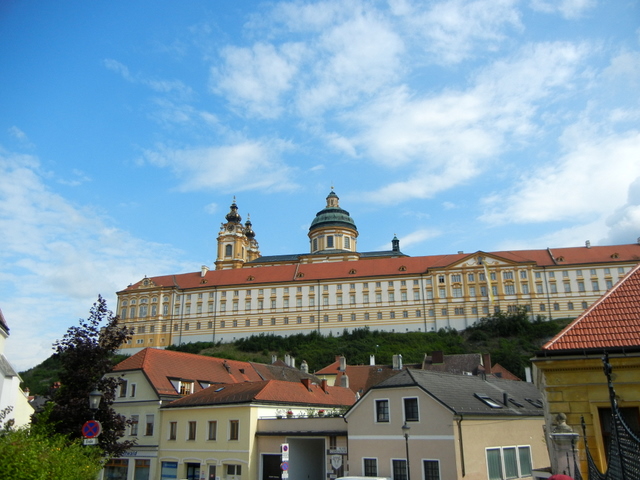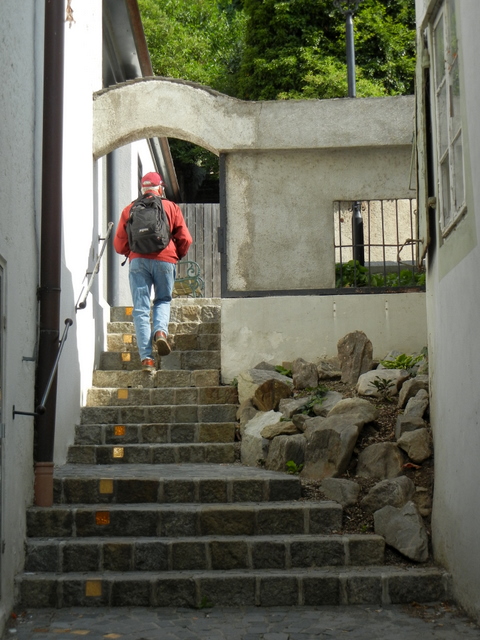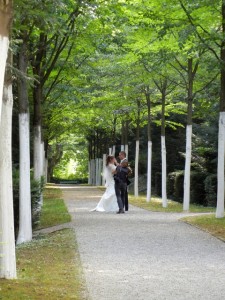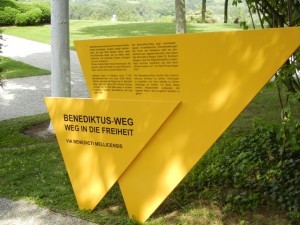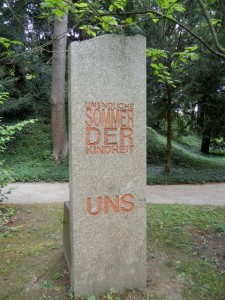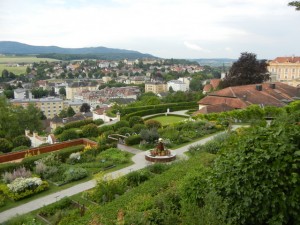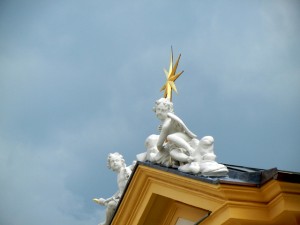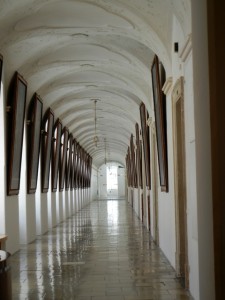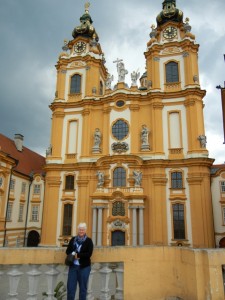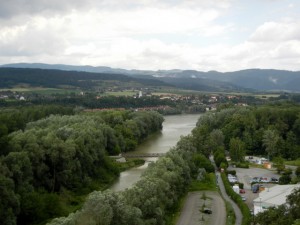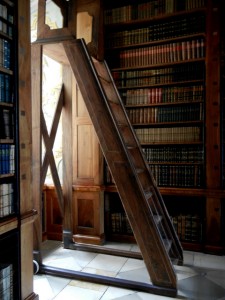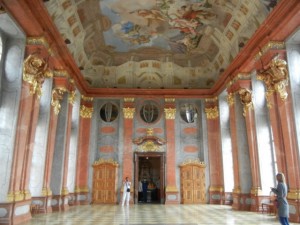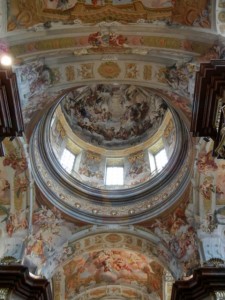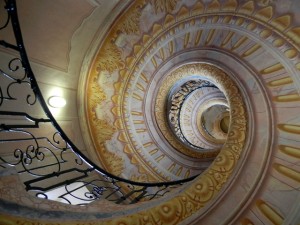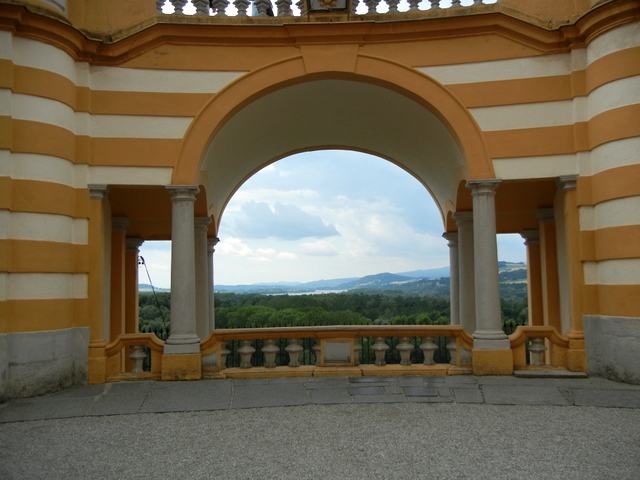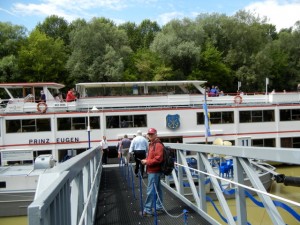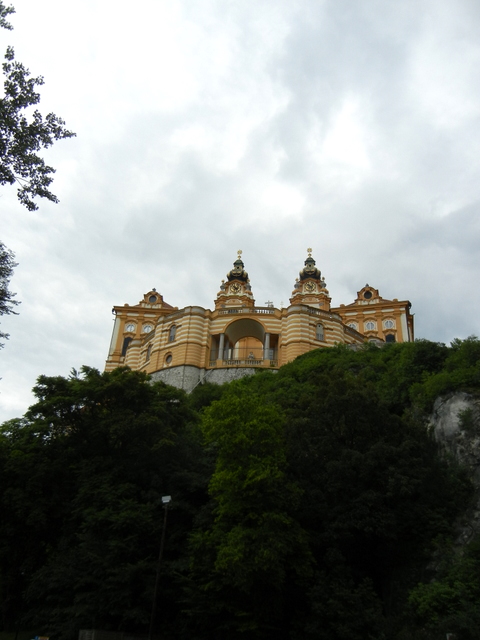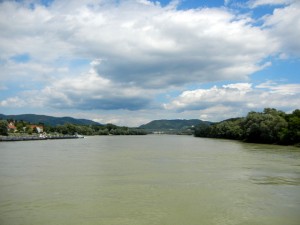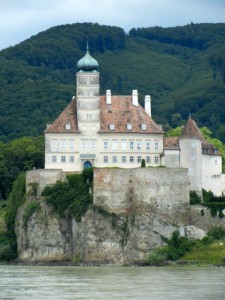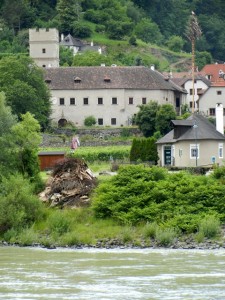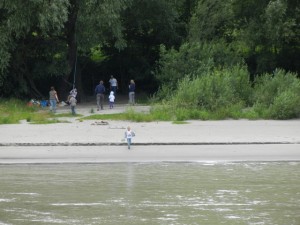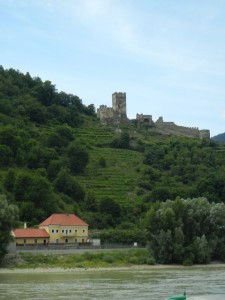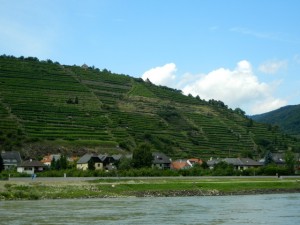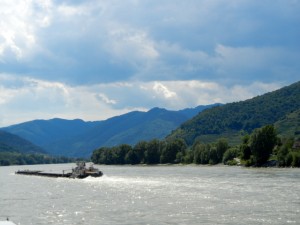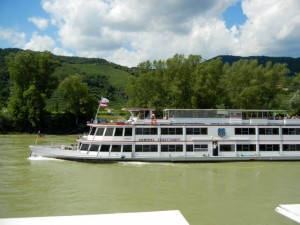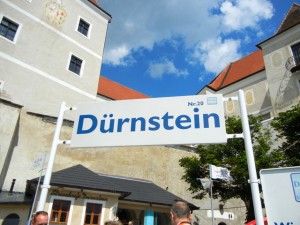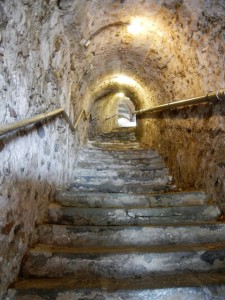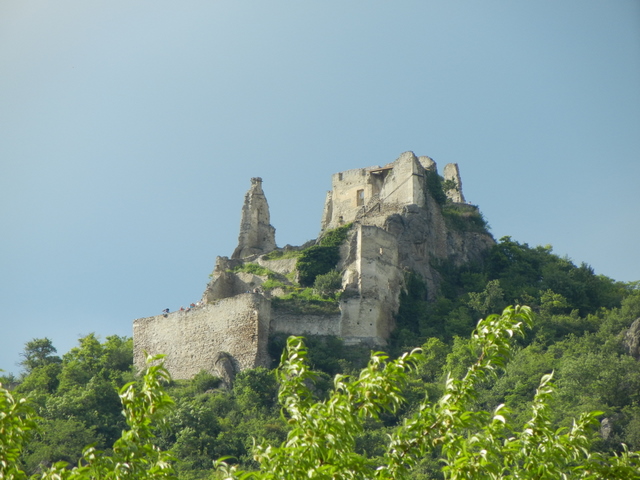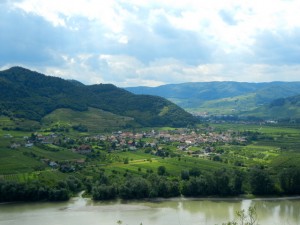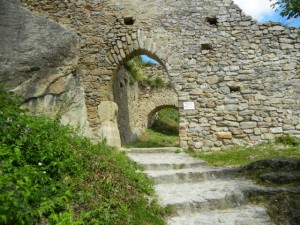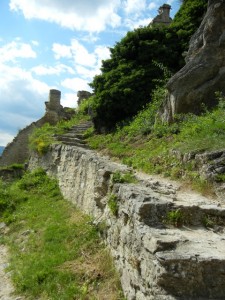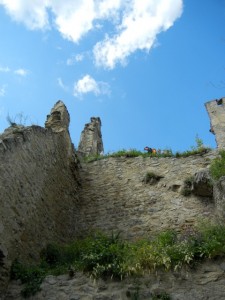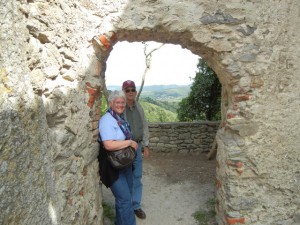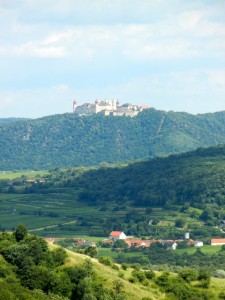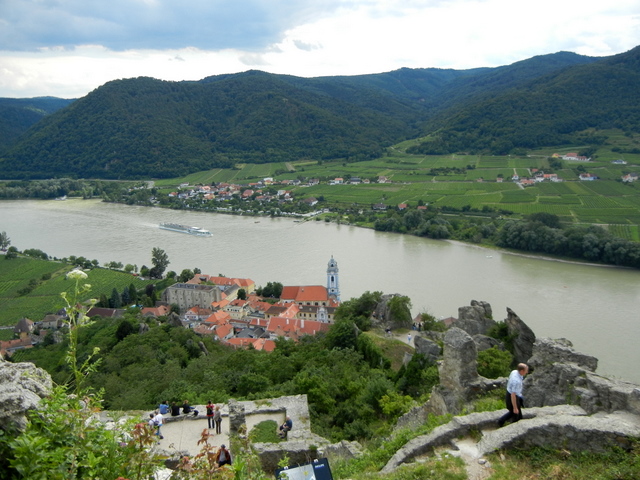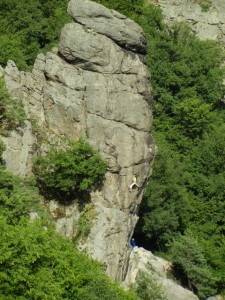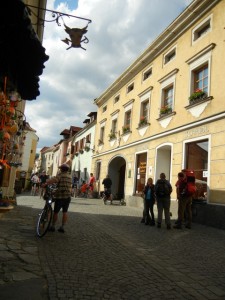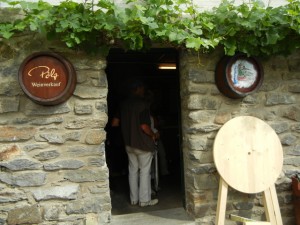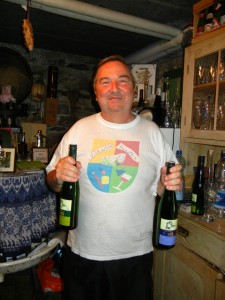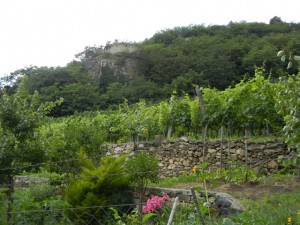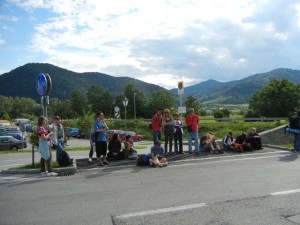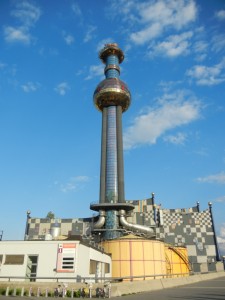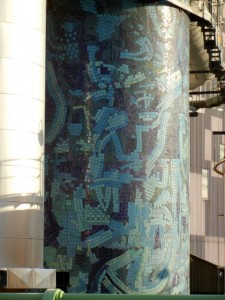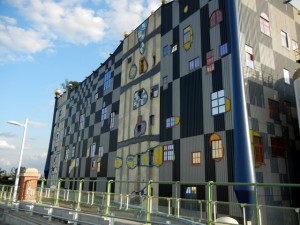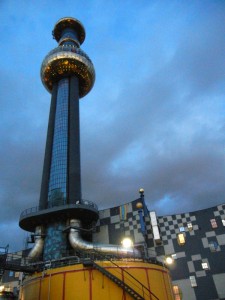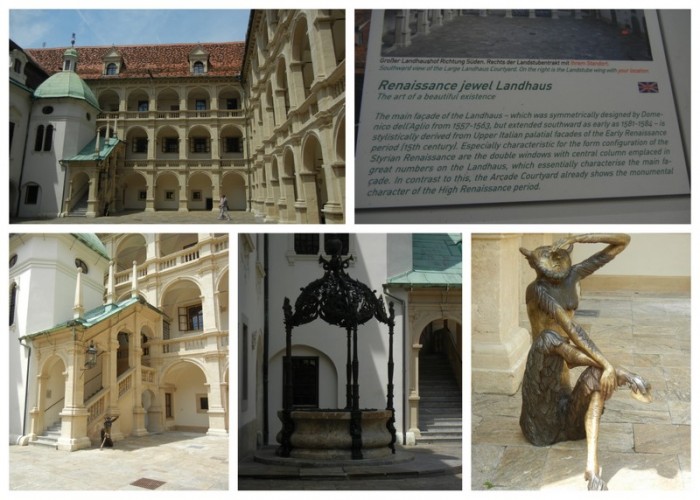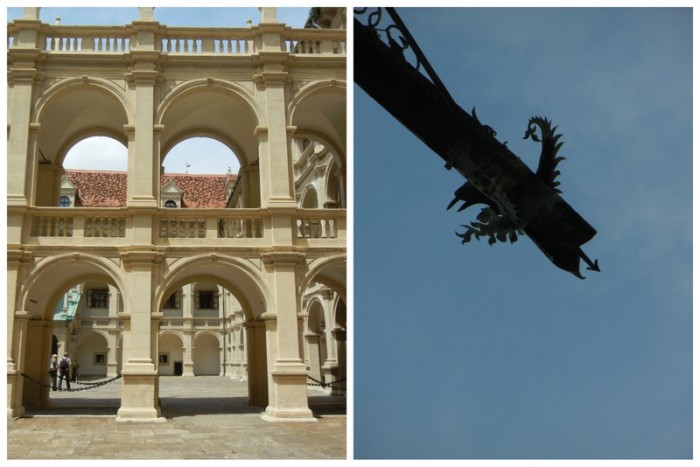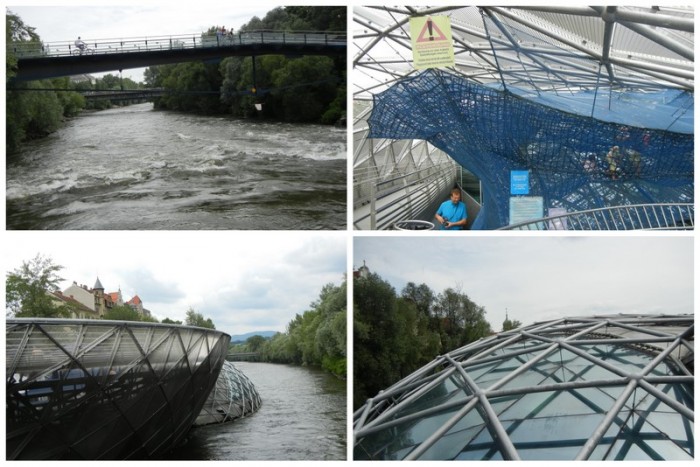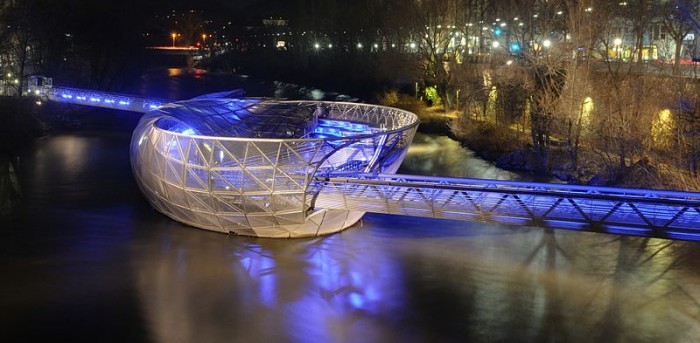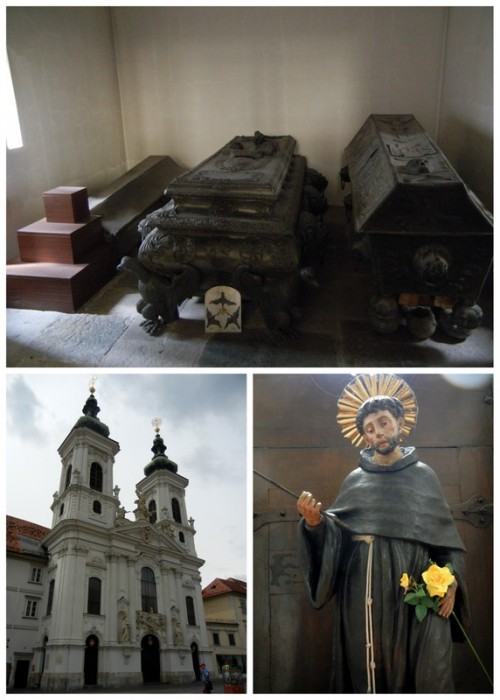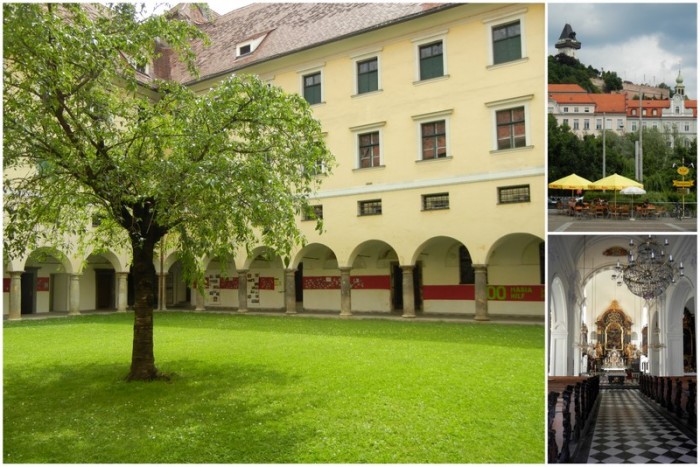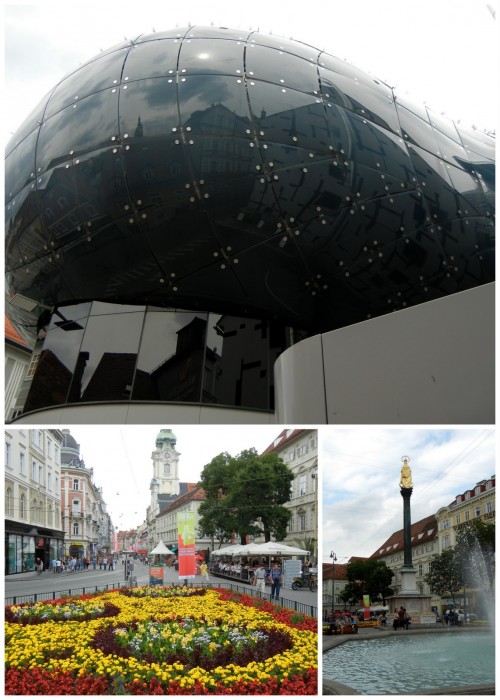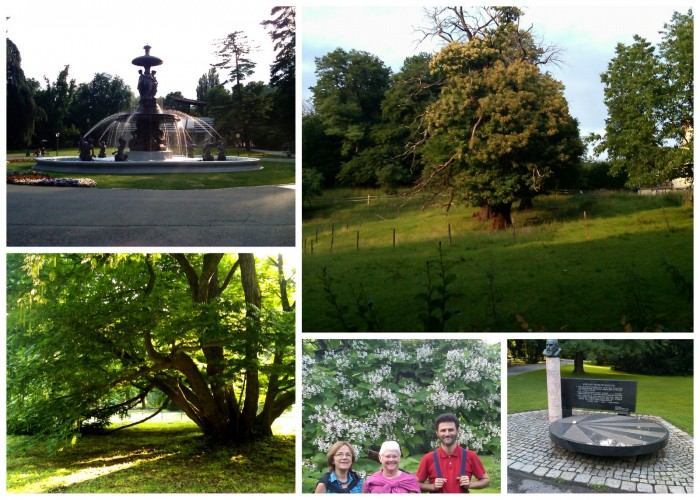Our time in Austria is coming to a close. This will be our final blog posting from Österreich.
We’ve spent the past few days walking around the city we’ve grown to love: a last look at Karl Franz Universität; one more church visit –Dreifaltigkeitskirche (the Ursuline Holy Trinity Church), built on the site of the early city moat; shopping for some gifts; trying out a few new restaurants (tapas and traditional Styrian haut cuisine); and stumbling onto some surprises along the way (a Big Band playing in the Hauptplatz during an passive energy fair; a race up to the top of the Schlossberg). It seems each time we walk, we run into this kind of thing!
checking out of Graz; changing our meldung (enrollment) at city hall
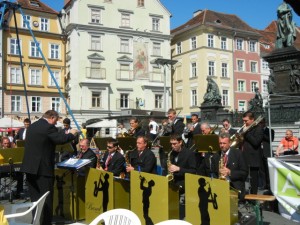
Big Band Music – Jazz is basically the same everywhere! (they even have the same playbook our son, David, does!)
We’ve also set aside time to be with some of our fondest acquaintances here in Graz – Sebastian, the blooming ornithologist (look out David Sibley!); Steffen and his family; Christina and Gernot, with whom we visited Christina’s childhood home and family on a farm and their alpine Hütte (hut), both on the border with Slovenia, only 1 1/2 hours from Graz, where we were fed (again) and warmly welcomed.
We had to change tables three times. Once to move to a larger table than the only too-small table available when we arrived, a second time to give a larger family a bigger seating area; the third time because the person sitting next to us dropped his mug of bier and it went all over my hiking shirt, Gernot’s trousers and shoes and the seat cushions. The person wasn’t drunk or anything – the glass was simply slippery!
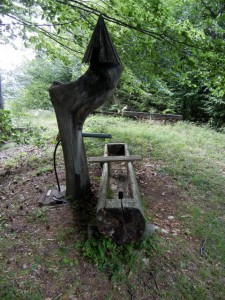
the spring outlet – water in Austria is mostly UNtreated and totally drinkable. Bill did have some suggestions, though, to help with the ants living in the wood and to keep them out of the water supply!
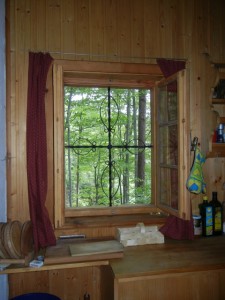
window in the hutte; the hutte was built by Christina’s sister – no electricity, a cellar for a fridge; and absolutely quiet
We’ve weighed the bags and are reasonably sure hopeful that the scale we borrowed is accurate and that we are underweight on everything!
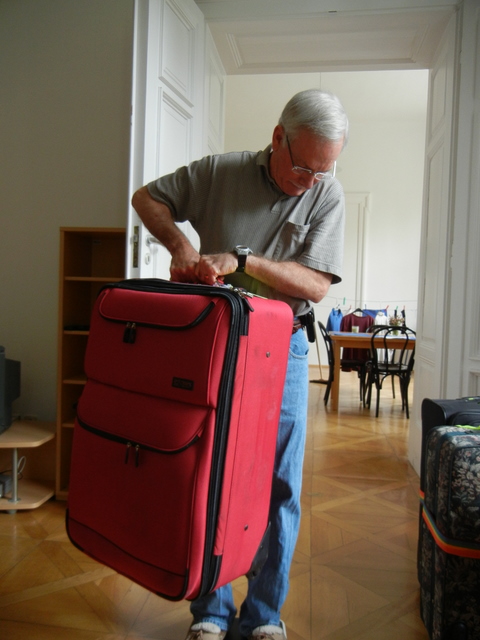 As we leave we will surely take with us the kindness extended, the smells of the woods, the breathtakingly beautiful scenery, the amazing food, the sheer history of this place. We’ll remember, ein bisschen, the dust, which invaded our apartment no matter how often we cleaned! Graz is known as a UNESCO City of Design (or maybe it is trying to gain this coveted status). On one of the storefront windows that slogan was crossed out and now reads: Graz, City of Design Dust. ♥ As well, we will recall the smiles of children, how people helped us as we stumbled through our Deutsch, which did improve some during our stay. Wirklich! (although certainly not enough to write this episode auf Deutsch!)
As we leave we will surely take with us the kindness extended, the smells of the woods, the breathtakingly beautiful scenery, the amazing food, the sheer history of this place. We’ll remember, ein bisschen, the dust, which invaded our apartment no matter how often we cleaned! Graz is known as a UNESCO City of Design (or maybe it is trying to gain this coveted status). On one of the storefront windows that slogan was crossed out and now reads: Graz, City of Design Dust. ♥ As well, we will recall the smiles of children, how people helped us as we stumbled through our Deutsch, which did improve some during our stay. Wirklich! (although certainly not enough to write this episode auf Deutsch!)
We’ve seen here many things which remind us of home—the love of nature, the prevalence of areas set aside for children, the treasure of music and art, the participation in activities out of doors, the attention to silence, the passion for learning. There have been differences as well, namely how much these Austrians (and other Europeans) walk everywhere, how knowledgeable they are of world affairs, and how they actually take time time for den Genuss und die Freizeit (pleasure and leisure). Yes, you still see the interruptions of Handys (cell phones) and Fernsehen (televsions), but people actually take time to linger with friends at a cafe, walk through the woods, sit by a pond, or just stroll on one of the pedestrian Straßen.
Today, as I am writing it’s the United States celebration of independence, the 4th of July. What comes to mind, however, is not independence but interdependence. Spending some months actually living, observing, and being in another country allows one to see just how similar are the people of the world and how much we need each other. How much we all –regardless of nationality–long for peace in the world.
Tomorrow, 5 der Juli, we will lift off from Graz with a last ride down through the Leechwald and fly to Frankfurt, Newark, Denver and touch down in Missoula more than 24 hours later. We won’t mind the trip through, because we are coming home to this.
The Austrians are fond of saying ‘alles ist gute’ when you shake their hands to say goodby. I would add to that, “alles ist Gnade” (grace). We’ve appreciated the support of all our friends, Austrian, French, Swiss, German, and American, and we thank you for reading along as we’ve spent these last 4 ½ months where the hills are most certainly alive with more Gemütlichkeit than you can even imagine and for which we are so very grateful.
Servus and Auf Wiedersehen aus Österreich!

